Contents
Charles Darwin promoted the concept of cross-breeding, but Gregor Mendel is credited with starting the hybrid plant revolution with his genetic studies of peas in the early 1900s. Hybridization took off from there as horticulturists realized they could cross-breed plants within the same species but from different varieties, to attain specific desired physical results inherent in the parent plants. Today’s gardeners have thousands of hybridized plants to choose from that feature traits like disease resistance, larger fruits and prolific growth habits.
1. Hybrid Lilies
Hybrid lilies are classified as Asiatic hybrids and Oriental hybrids. Oriental hybrid lilies have large 6 to 8 inch, fragrant, pink, red, purple or white flowers. The flowers of the Asiatic hybrids are smaller and usually have no fragrance. The flowers come in bright shades of yellow, gold, rose, pink, white and orange. The Asiatic lilies naturally flower from late spring to early summer while the Oriental lilies naturally bloom during late summer. Hybrid lilies can easily be grown as potted plants when grown in the right medium with proper light and watering. Lilies are likely to develop leaf scorch from the fluoride found in most growing mediums. Hence, care should be taken that the medium does not contain superphosphate or perlite. The soil pH for Asiatic hybrids should be 6.5 and between 6.5 to 6.8 for the Oriental hybrids.
2. Sweet Corn
The vast majority of U.S. corn grown are hybrid varieties. The characteristics of these varieties have made it easier for home gardeners to grow and they are sweeter than past crops. Grow sweet corn in larger gardens in rows for successful pollination and subsequent ear development. Plant the seeds in deep, rich, well-drained soil and in an area that receives full sun. Sow the seeds about two weeks after the last frost occurs. Harvest the ears only during the short milk stage, when punctured kernels emit juices that are milky in color.
3. Olympia
Olympia is a hybrid of spinach, which is preferred due to its superior growth. The leaves are dark green and thick and the growth is upright. Olympia is a highly recommended variety for spring, summer, fall and overwintering. The hybrid spinach is highly resistant to bolting under high summer temperatures and long days. Olympia spinach is ready to harvest in about 48 days. The spinach can be sowed as soon as the soil is at about 40 degrees Fahrenheit and the seeds start germinating in one to two weeks.
4. Stargazer Lilies
These oriental hybrids feature vibrant blooms that measure up to 8 inches in diameter, are very fragrant and come in red, purple, pink and white hues. They grow vigorously throughout the summer and bloom in late summer. Plants are often marketed in the spring and can easily be grown as potted plants. Grow in USDA hardiness zones 4-8. Plant bulbs in the fall or spring at three times the depth of their length. Water regularly as the plant starts to grow and deadhead spent flowers to direct energy back to the bulb for next season’s growth.
5. Meyer Lemon Trees
Meyer lemons, originating in China, are a cross between a true lemon tree and mandarin orange tree. The fruit is much sweeter than traditional lemons, which makes this variety a favorite of gardeners and chefs alike. Meyer lemon trees can be grown outside in climates warmer than zone 8, or can be grown in pots that are brought indoors during cooler months. Buy trees that are 2 to 3 years old. Plant them in soil that is sandy, well-draining and slightly acidic. Keep the soil consistently moist but not too soggy.
6. Early Sungrow
Early sunglow is a hybrid of sweet corn and is considered to be one of the best varieties of sweet corn for the home garden. The hybrid corn surpasses its non-hybrid parents in sweetness, tenderness and flavor. Early glow is ready to harvest in about 63 days and is very good for eating fresh, freezing and canning. Plant the corn in full sun in late spring after all danger of frost and cold weather is past. The seeds germinate in seven to 10 days. During germination, take care to keep the soil moist.
7. Better Boy Tomatoes
Better Boys have been bred to be resistant to verticillium wilt, fusarium wilt and nematodes, which are all common tomato plant problems. Gardeners and tomato lovers favor the large, bright red fruit, which can weigh up to 1 lb. and mature within 75 days of seedlings being transplanted into the ground. Plant transplants in full sun and where the soil level is just below the first set of leaves, because roots will develop along that part of the stem. Place stakes or cages around plants to provide support as the heavy fruit matures. Water the plants consistently, particularly as they are flowering and bearing fruit.
8. Rabbage
The rabbage (or Brassicoraphanus) is a crossed cabbage and radish, and was developed successfully to self-propagate by a Soviet agronomist named Georgi Dmitrievich Karpechenko in the 1910s and ’20s. It has fallen out of fashion, though, because the hybrid wasn’t quite as well-integrated as consumers would like.
9. Pomato
Pomato is a hybrid variety of potato and tomato. It is a small tomato-like fruit, with white flesh, edible either raw or cooked. Pomato plant produces tomatoes on the top and potatoes underground.
10. Argemone mexicana
It’s a species of poppy found in Mexico and now widely planted in many parts of the world. An extremely hardy pioneer plant, it is tolerant of drought and poor soil, often being the only cover on new road cuttings or verges. It has bright yellow latex, and though poisonous to grazing animals, is rarely eaten, but has been used medicinally by many people including those in its native area, the Natives of the western US and parts of Mexico. Mexicana seeds contain 22–36% of a pale yellow non-edible oil, called argemone oil or katkar oil, which contains the toxic alkaloid sanguinarine and dihydrosanguinarine.It has been isolated from the whole plant of Argemone mexicana.
The seed pods secrete a pale yellow latex when cut open. This argemone resin contains berberine and protopine.
11. Tayberry
Tayberry belonging to the family of Rosacea has existed since 1979. From a distance, it’s quite similar to a rose flower. It’s a cross between two species of raspberry and blackberry. The shape of the bush fruit is like a cone, and the color turns into something reddish purple when it ripens. To let it produce some fruits, ensure that you place the three under the full sun and grow it in an environment full of organic materials. When common berries tend to be acidic, tayberry is on the contrary. Interestingly, it is resistant to late yellow rust.
12. Plumcot
One of the innovative representations of hybrid plants that captivate any fruit enthusiasts is this guy – the plumcot. It actually is the combination of plum and apricot. The fleshy product of nowadays’ agricultural invention looks attention-grabbing, doesn’t it? The aprium assortment (25 percent apricot and 75 percent plum) has highly dense flesh texture making it convenient for elder people. It is also famous for its sweet taste. Meanwhile, pluot that contains 25 percent plum and 75 percent apricot have medium size and flavor balancing sweet and sour. Other varieties you might have a try include Cot-N-Candy and Flavor Delight.
13. Tangelo
Tangelo is a hybrid fruit blending orange and tangerine. It is commonly characterized by the citrusy aroma that is overly refreshing. The great notable feature of this invented fruit is that it can easily be peeled due to the presence of the loose skin. Tangelo comes with two popular varieties – Orlando and Minneola. The first selection has a special zesty smell, big size, shape moderately round. Speaking of texture, it is unbelievably juicy. The seeds of the species are rare. Meanwhile, Minneola or Honeybell is a mix between a Dancy tangerine and a Duncan grapefruit. It is bigger and, for sure, sweeter than its friends.
14. Blood Lime
Blood lime is a hybrid fruit mixing the Ellendale Mandarin and red finger lime. Compared to the common limes, the blood one tends to be smaller with the length reaching 4 centimeters and diameter of 2 centimeters. You will love this citrusy kind as it tastes sweeter and more invigorating. The red flesh is comprised of vesicles. If the standard limes are harvested either in spring or summer, this type is reaped during the chilly winter. It’s only one of its kinds, isn’t it? The highlight doesn’t stop there; the skin of blood lime can immediately be consumed.
15. Jostaberry
Jostaberry is a complicated cross among three kinds of species, European gooseberry, blackcurrant, as well as North American coastal dark gooseberry. When it comes to size, jostaberry is, to some extent, bigger than blackcurrant and smaller than a gooseberry. The black fruit owns a unique taste combining the flavor of gooseberry and blackcurrant. Despite so, the acquired taste of the unripe one is where the gooseberry dominates. In nature, the tree can grow up to two meters. This variety is way more resistant than the rests. It can fortify itself from plant parasites such as American gooseberry mildew.
16. Yuzu
Yuzu or Citrus Junos is a hybrid citrus fruit that gains popularity in East Asia like Japan and Korea. The best description of it is it has heavy, aromatic smell, yellow skin with uneven surface, and size relatively small. The fruits are produced by an upright tree loaded with big thorns and their dark green leaves go with expansive petioles. It has a close relation to the strongly scented Japanese citrus namely sudachi. The fascinating part of it is its endurance against harsh winter with cold temperature up to -9 °C. Originating from Tibet and becoming one the limelight in the world of hybrid plants, yuzu is now available in the world’s markets.
17. Limequat
Limequat is another hybrid citrus, a cross combining the key lime as well as the kumquat. Produced from the bushy plant, this fruit has varied amazing highlights you need to have an eye for. When the age of the tree is young, it already has a wonderful capability of generating plenty of juicy products. Meanwhile, the skin surprisingly comes with sweet taste beyond your expectation and so does the pulp. While other varieties can’t wholly be consumed, this sort goes with an exception. Containing high vitamin C, it’s often used for many health purposes. For cultivation, grow it in a medium with dried soil.
18. Ugli Fruit
Native to Jamaica, ugli fruit is the cool representation of three citrus fruits including orange, grapefruit, and not to mention tangerine. As its name suggests, one of the favored hybrid plants appears less interesting, full of wrinkles and rough. Despite its unappealing look, ugli fruit has flesh overly juicy and aromatic rind perfecting your summer refreshment. The seasonal variety is obtainable within months between December and April.

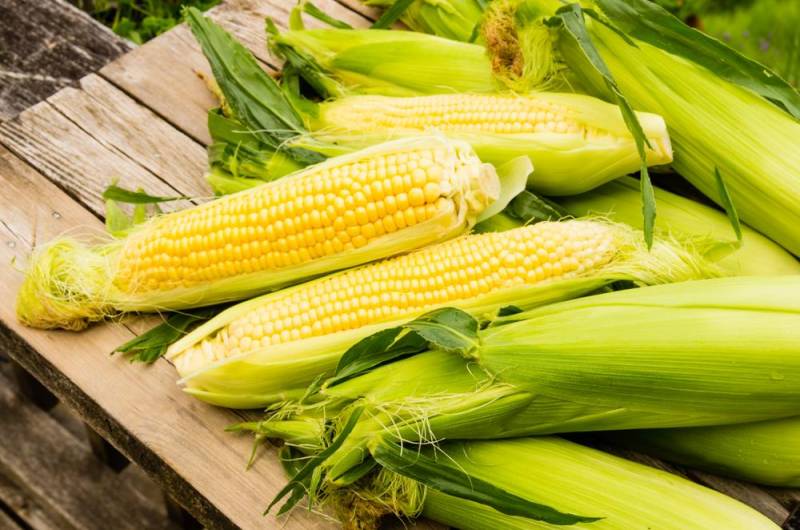
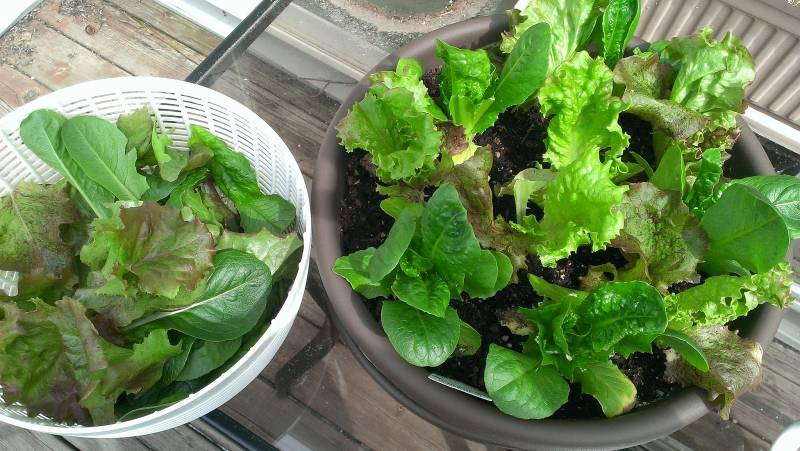
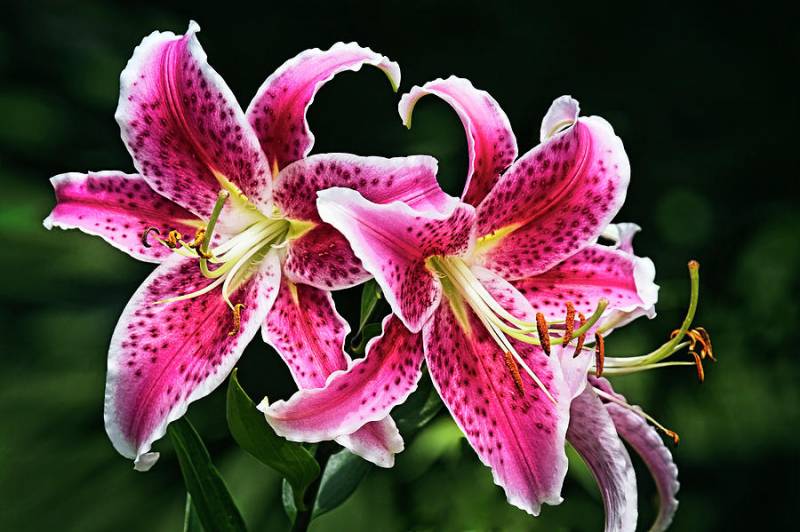

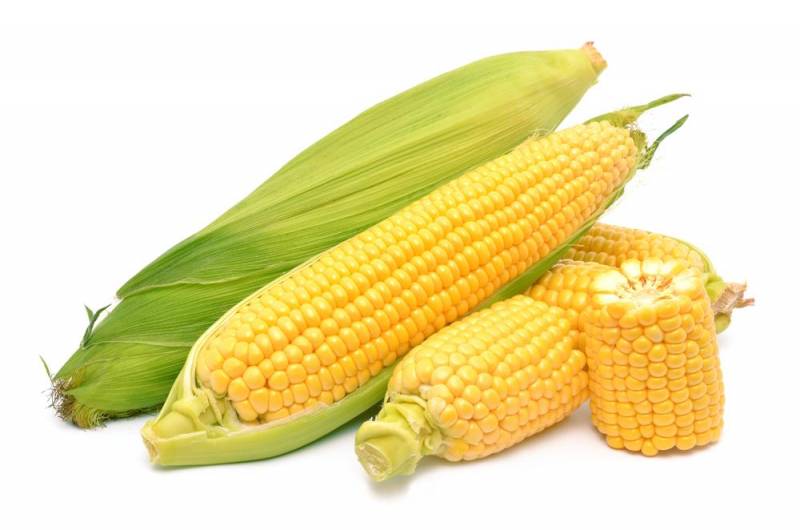
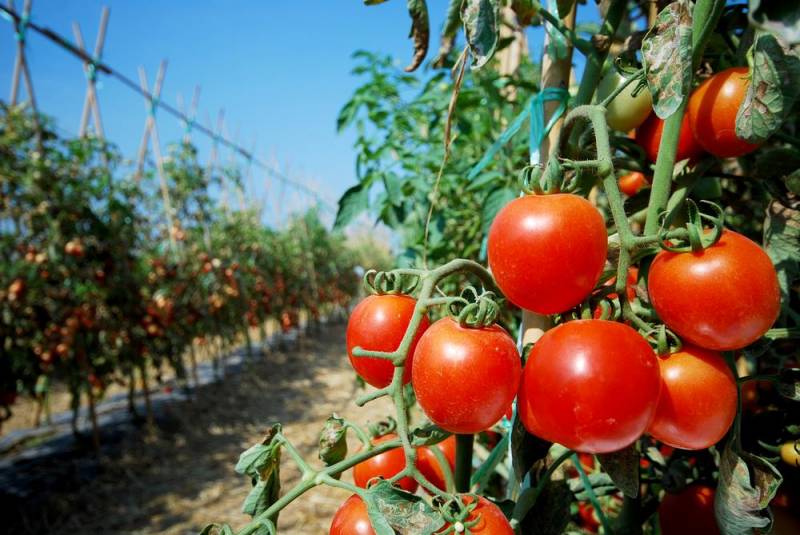
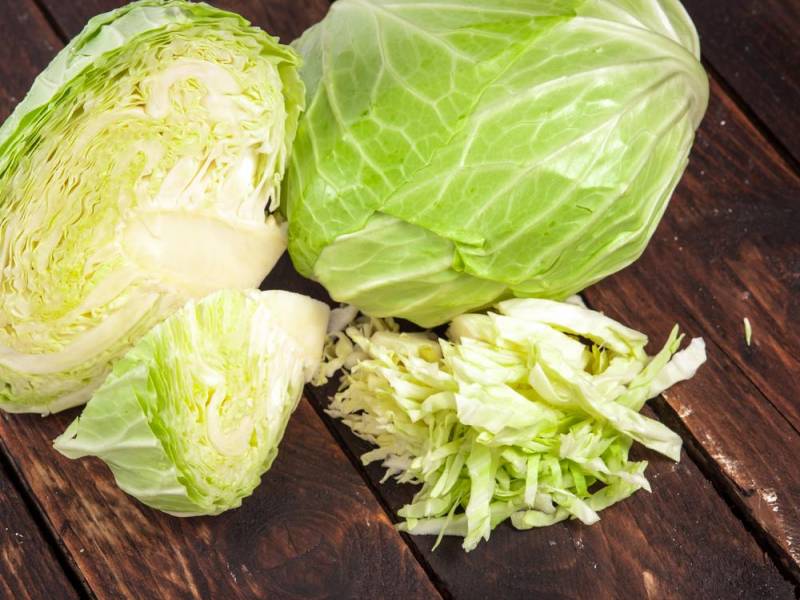
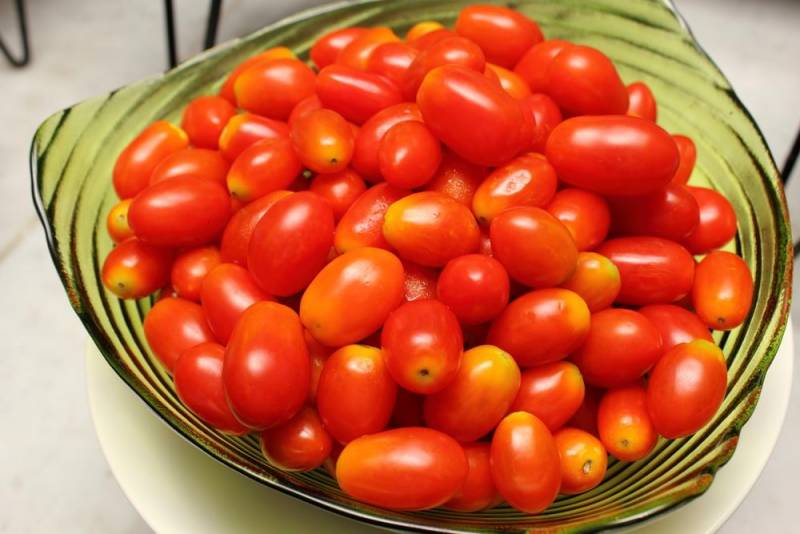

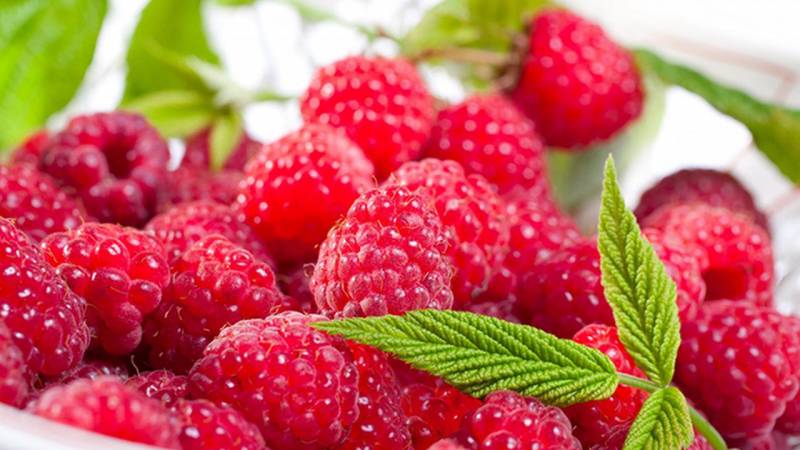

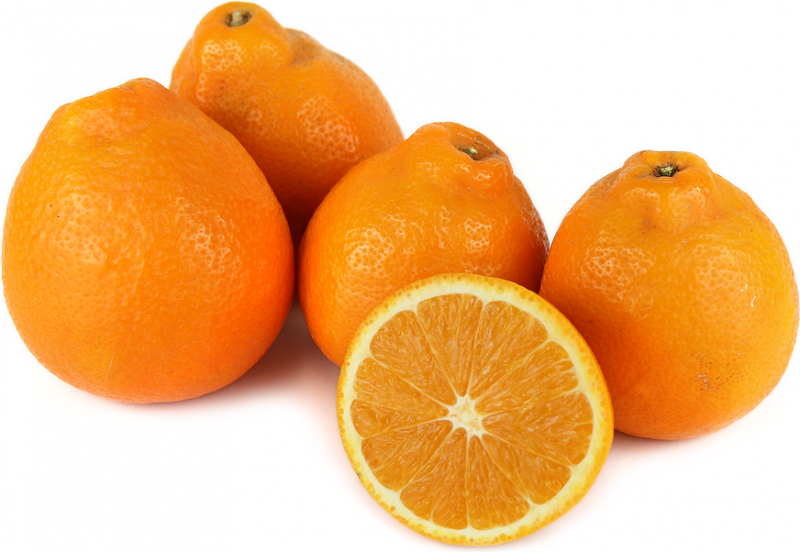
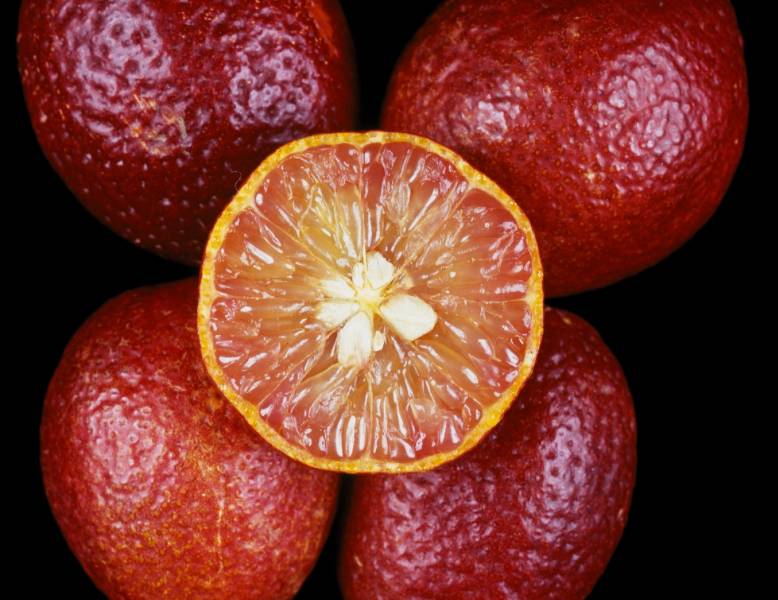

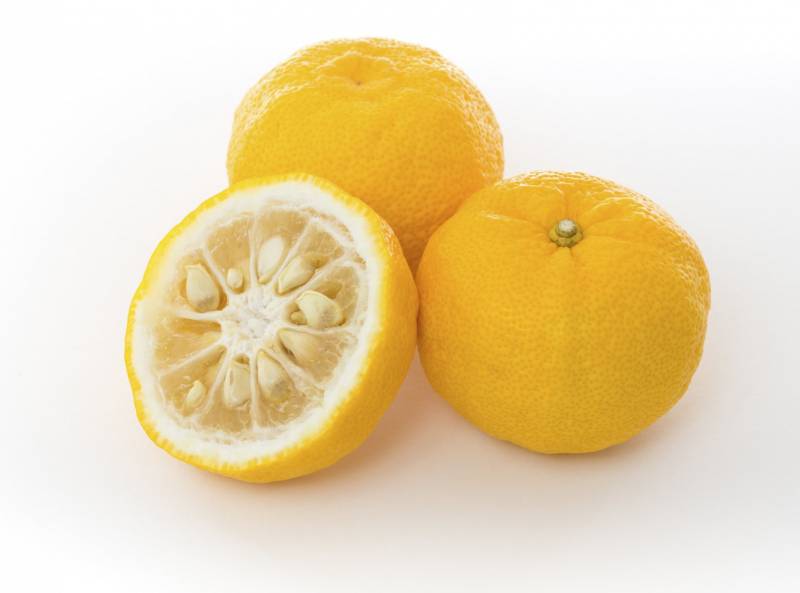
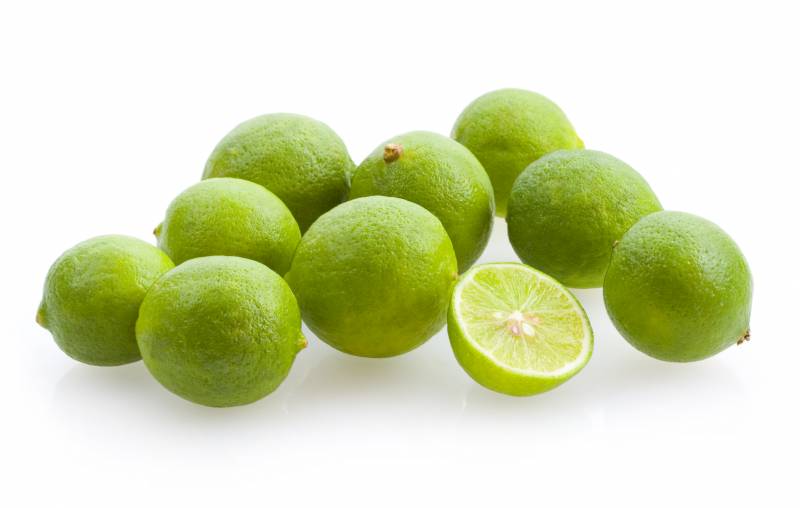
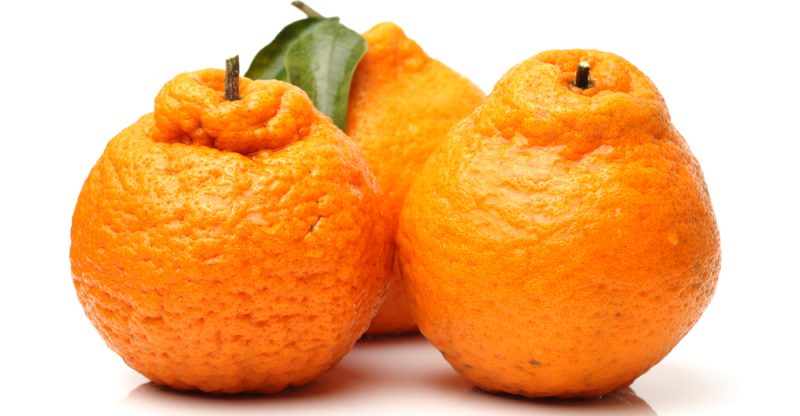
Mastch it help in my project thanks